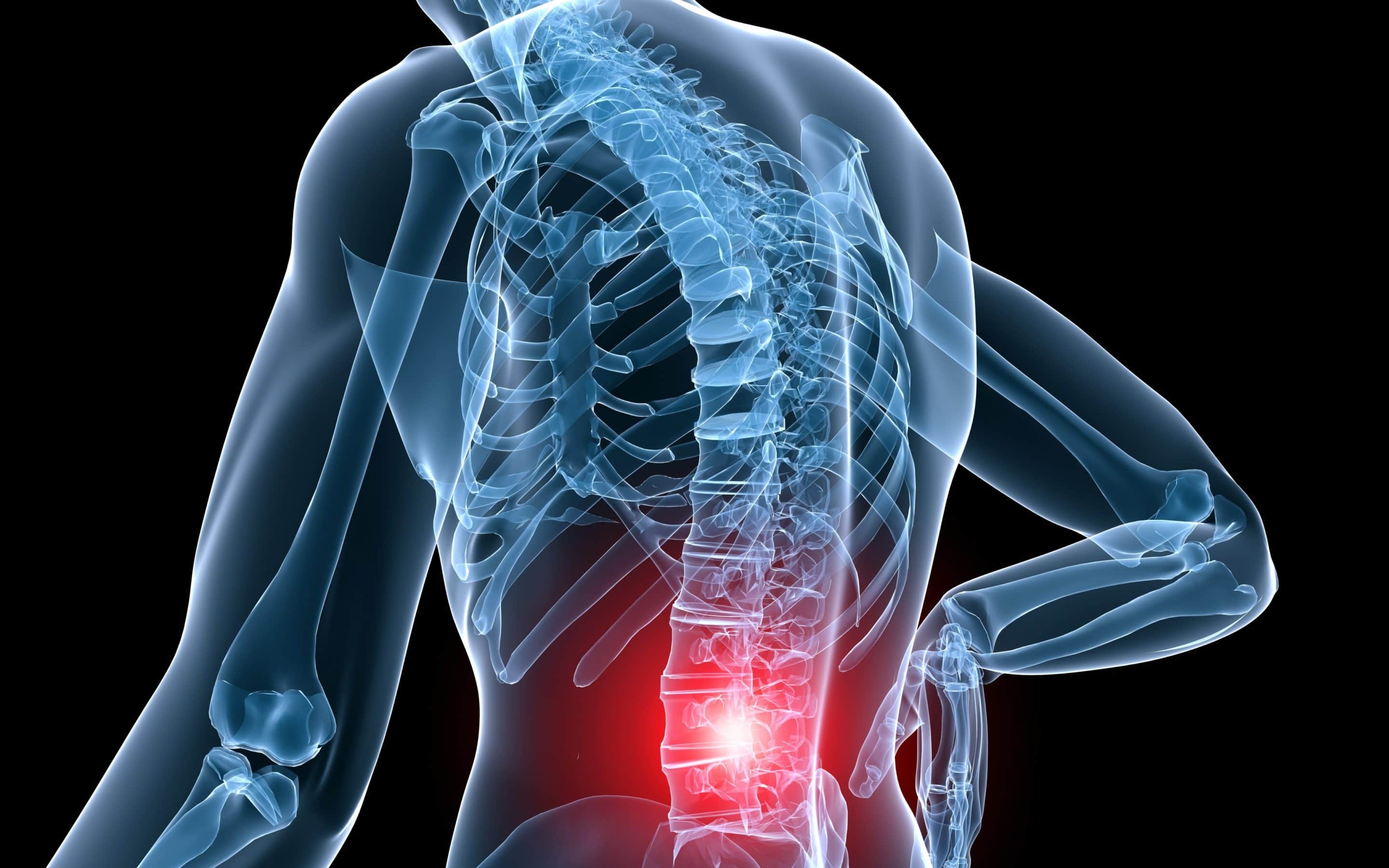
Urogenital Regenerative Medicine For Men
April 11, 2023
Stem Cell Therapy for Back Pain
July 28, 2020Barbotage for Calcific Tendonitis
A Minimally Invasive Treatment for Calcific Tendinitis
In addition to performing hundreds of image guided procedures each year using orthobiologics for regeneration, Dr. Lawinski uses ultrasound imaging to guide a specific and innovative treatment for calcific tendinitis, which is a relatively common and painful condition caused by calcium deposits on the tendons.
When calcium accumulates on a tendon — the strong tissue that connects the muscle to the bone — it does not always cause pain. However, calcium deposits that are large or inflamed can be extremely painful, a condition called calcific tendinitis. Calcific tendinitis occurs most often in the shoulder tendons and can occur very suddenly.
If you are diagnosed with calcific tendinitis, and are not satisfied with standard and traditional treatments such as rest, ice and ibuprofen to relieve pain and inflammation, you may be a good candidate for an outpatient procedure called barbotage which is done under ultrasound guidance to precisely locate bones, muscles, nerves, and tendons and deliver treatment directly, avoiding the need for open surgery and long recoveries.
In a barbotage procedure our doctor uses ultrasound imaging to locate the calcium deposits and then breaks them up so that they can be absorbed into your body. In some cases, saline fluid is injected, which flushes the area out and allows the removal of some of the calcium. Barbotage involves a local anesthetic and very little recovery time.
What will happen during the procedure?
When you arrive at our office, you will be escorted to the procedure room and asked to sit on the examination table. We will clean your shoulder or area of the body that will receive the injection and apply a local anesthetic to help prevent discomfort.
We will then apply a small amount of warm gel, which is used with ultrasound to prevent air pockets from forming between the transducer (wand) and skin. The sonographer will then glide the transducer over your skin to capture images of the tendon, which the transducer then sends to a computer.
Using the images, our radiologist will pinpoint the precise location of the calcium deposit, insert a needle, and move the needle to break up the calcium into little pieces, some of which will be absorbed back into the body. You may feel some pressure or discomfort from the injection.
Calcium deposits can be very hard or as soft as toothpaste. If our radiologist determines that the deposits are soft enough to remove, we will then flush the area out using a mixture of saline solution and anesthetic. This fluid is repeatedly injected and then aspirated (suctioned out), bringing some of the calcium with it.
Finally, we will inject a small amount of steroid medication to help reduce inflammation.
The entire procedure takes about thirty minutes.

